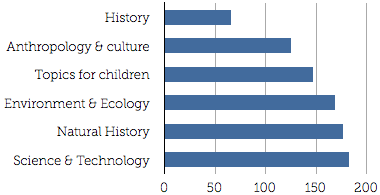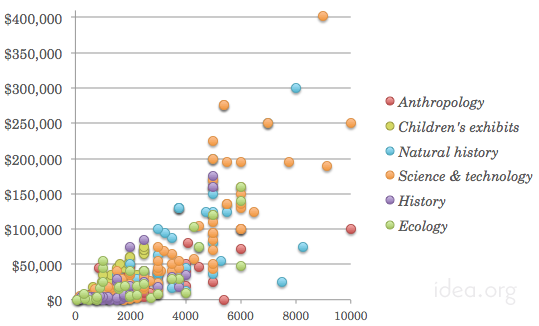Community Embraces New Word Game at Mid-Year Play Day This past Sunday, families at Takoma Park’s Seventh Annual Mid-Year Play Day had the opportunity to experience OtherWordly for the first time. Our educational language game drew curious children and parents to our table throughout the afternoon. Words in Space Several children gathered around our iPads […]
Read moreSearch Results for:
 Patrons at 150 local libraries have a new option to borrow eBooks on their computers or iPad. Yesterday, Internet Archive launched a cooperative of libraries who are pooling resources to make eBooks available to their patrons. Patrons can now borrow any of 9,313 eBooks which have been purchased or scanned by any of the participating libraries. (more…)
Patrons at 150 local libraries have a new option to borrow eBooks on their computers or iPad. Yesterday, Internet Archive launched a cooperative of libraries who are pooling resources to make eBooks available to their patrons. Patrons can now borrow any of 9,313 eBooks which have been purchased or scanned by any of the participating libraries. (more…)
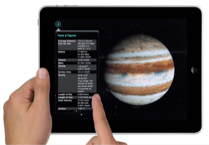 On the screens of millions of iPad and other mobile devices, moons and stars, elements and molecules swirl beneath our fingertips. Developer Mike Howard says he wants to “make you feel like you are actually there in orbit.” Theodore Gray wants you to look at the periodic table and be transported to the world of Harry Potter, feeling as “if you checked out a magical version of The Elements from the Hogwarts library.”
On the screens of millions of iPad and other mobile devices, moons and stars, elements and molecules swirl beneath our fingertips. Developer Mike Howard says he wants to “make you feel like you are actually there in orbit.” Theodore Gray wants you to look at the periodic table and be transported to the world of Harry Potter, feeling as “if you checked out a magical version of The Elements from the Hogwarts library.”
Apps represent a shift in how students and the public learn about science. Currently, the best science apps are not being created by museums, traditional publishers, or curriculum developers — They are being created by enthusiastic solo developers, research centers, and new software companies with a penchant for science and public education. We’ll look at what motivated these app creators, what it took to make the apps, and how successful they have been. (more…)
Online video gained momentum in 2010, says a recent report from comScore. Compare 2009 and 2010:
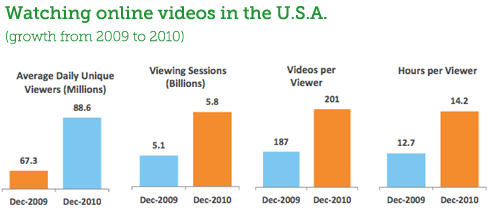
More people are using fast smartphones, and expect to get their information on their phones. In the last quarter of 2010, approx 95 million smartphones shipped worldwide. Are you ready to reach these people? Following are some graphs relevant to how the public gets information:
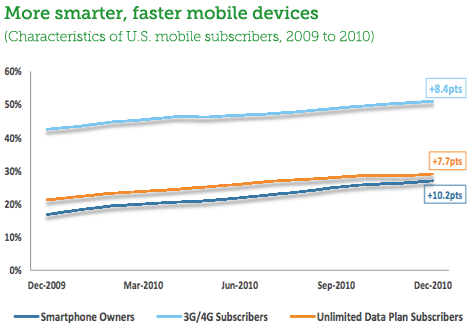
Tablets are hot, and here to stay, says a new 100-page report from financial firm, Morgan Stanley, which predicts the tablet market will be huge, shipping more than 100 million units by 2012. The growth rate is higher than any other mobile device in history, and will reshape learning. The following charts the total cumulative shipments* in the first 5 years of other mobile devices, and projected growth of the tablet. In millions:
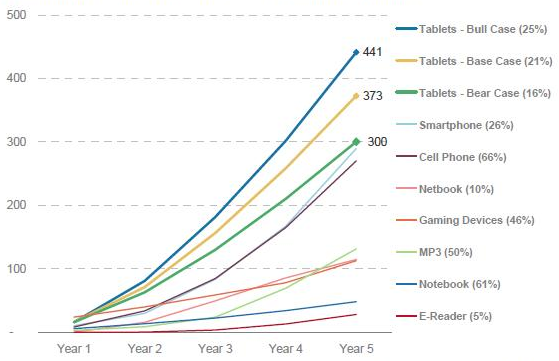

Real life has a close competitor in the “Art Project,” released by Google last week. Their initial release is a clean, inviting site for browsing over one thousand artworks from 17 of the world’s most famous museums. At least one piece from each of the 17 museums is displayed in gigapixel resolution, so that online visitors can zoom in to the brushstrokes. Each piece also has information about the artists, text or video commentary, bios, and links to related pieces. Some museums have 3D walk-throughs, analogous to Google’s map street views (there are 6000 3D panoramas), and there’s a way to create personal art “collections” to revisit or share later.
 If you put information online, getting traffic is always a challenge. Web traffic may come from “organic” search results, from blogs, from Twitter & Facebook, from bookmark sites, etc. (And if you are a nonprofit, via free AdWords via a Google Grant.) There are many resources online about “search engine optimization.” But don’t confuse the approach for education with that needed for commerce. According to a search engine hacker Mark Stevens, interviewed recently by the New York Times:
If you put information online, getting traffic is always a challenge. Web traffic may come from “organic” search results, from blogs, from Twitter & Facebook, from bookmark sites, etc. (And if you are a nonprofit, via free AdWords via a Google Grant.) There are many resources online about “search engine optimization.” But don’t confuse the approach for education with that needed for commerce. According to a search engine hacker Mark Stevens, interviewed recently by the New York Times:
“I think we need to make a distinction between two different kinds of searches — informational and commercial,” he said. “If you search ‘cancer,’ that’s an informational search and on those, Google is amazing. But in commercial searches, Google’s results are really polluted. My own personal experience says that the guy with the biggest S.E.O. budget always ranks the highest.”
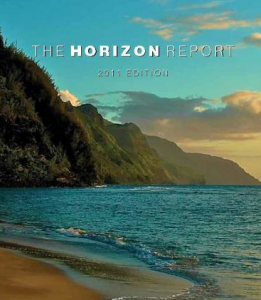 Mobiles and eBooks will be a big deal in higher education by the end of the year, predicts a panel of 42 experts in education, technology, and business in a new report jointly released by a consortium and association related to higher education. These predictions are gathered in the “2011 Horizon Report,” released today.
Mobiles and eBooks will be a big deal in higher education by the end of the year, predicts a panel of 42 experts in education, technology, and business in a new report jointly released by a consortium and association related to higher education. These predictions are gathered in the “2011 Horizon Report,” released today.
Also, coming soon, these experts predict that by 2014, augmented reality and game-based learning will be important. And by 2016, they predict students will often use gestures to interact with computers, and that learning analytics will be common.
The costs to rent a traveling exhibit vary widely depending on the size, complexity, subject matter, and underlying objectives of exhibition owners.
To visualize the diversity of costs, we look at the Traveling Exhibitions Database (TED). It includes a database of 768 current traveling exhibitions available in the U.S. The following is the distribution of sizes (square feet) vs. costs ($USD) of traveling exhibits:
What kinds of traveling exhibits are there? A lot. The Traveling Exhibitions Database (TED) is a database of 768 current traveling exhibitions which are available to U.S. museums. Here’s how they are distributed by category:
